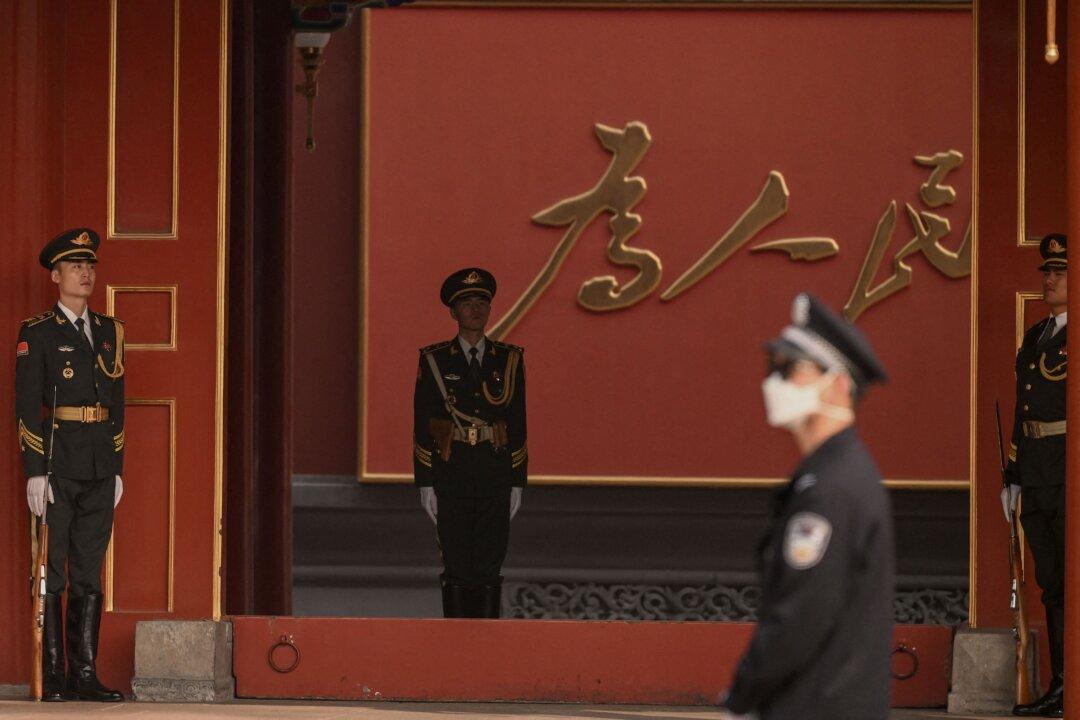Commentary
China’s meteoric rise to a global economic powerhouse appeared unstoppable until it stopped. Now, with deflation looming and an economy in shambles, other asset managers are scrambling for an explanation of these newly discovered China risks—risks that we at Strive Asset Management have been alert to since our founding.


